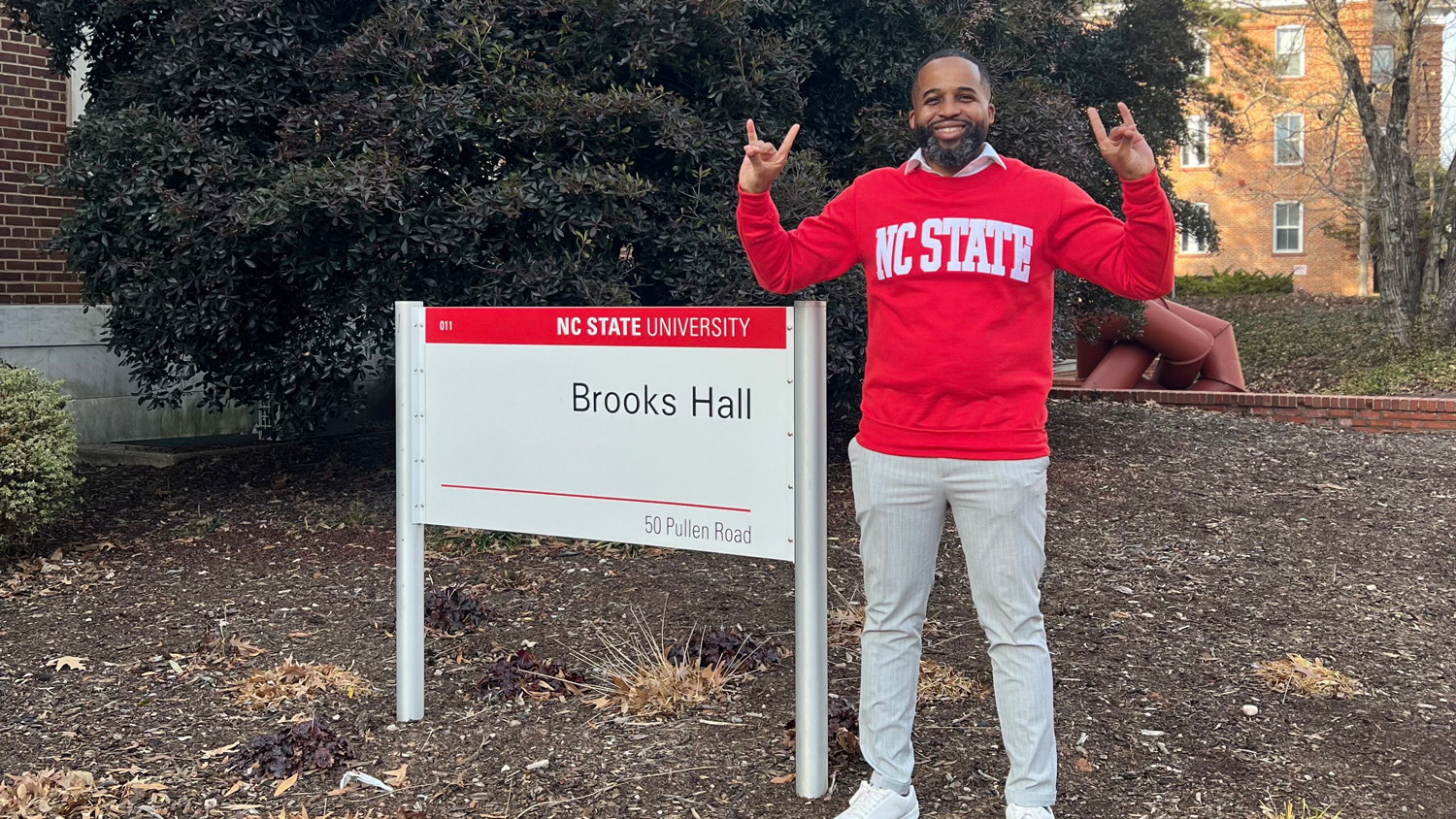Design Inspiration


From a young age, Clark was fascinated by the art of building. “I made model houses out of chipboard and created my own little villages” to scale, he says, using his toy train as a standard. A visit to Thomas Jefferson’s home, Monticello, sealed his aim.
Clark’s undergraduate studies at the University of Cincinnati in his hometown introduced him to teaching. During the senior year of a six-year B.Arch program, he was selected to participate in freshman critiques along with faculty. He realized the importance of instruction in addition to architectural practice.
By the time he graduated, Clark was married and had a plan. “I knew that I wanted to teach and I wanted to practice,” he states. So he went to the University of Washington, where he received a fellowship. “[It] paid my way, essentially a free ride,” he says. His wife Judy was a nurse, and together they approached this as a new adventure. “It was a whole new world for us. I had never been west of St. Louis.”
Clark was diligent and focused in his studies. He jumped right into his master’s thesis for his M.Arch degree in order to have it approved by the university—a challenge, because both members of the department and non-architects were in charge of approval. He was the only member of his graduate class to complete his degree in one year. “I had motivation,” he says, “I had a job to teach lined up at the University of Virginia (UVA).”
Clark spent five years at UVA, where much of his time included teaching studios. Although he was the youngest faculty member, he developed an introductory course, Philosophy of Architecture, which drew from his own beliefs on the topic and became required for freshmen. Students often referred to the course as “Clarkitecture.”
From the beginning of his career at UVA, Clark took steps to become licensed. He and several other architecture faculty members interested in practice began to share faculty office space and started offering consulting and design services for architectural firms.
After several years at UVA, Clark was not only licensed but had been grading Ohio licensure exams. He hadn’t planned to go any further south, but he was ready for something new. Bob Burns, then professor of architecture at NC State’s School of Design, approached Clark at a conference held at State and asked what it would take to bring him down for an interview. “Why don’t you just ask,” Clark suggested. He was offered a position and accepted it in 1969.
“What attracted me to NC State was the history of this school and the things that Dean Henry Kamphoefner had done here (was doing at the time), and I could teach a studio by myself. Also, I had just co-authored a book, Kinetic Architecture (Van Nostrand Reinhold Co., 1970) with William Zuk, and they agreed to let me teach a seminar on this.”
There were also a number of famous architects and designers visiting and teaching at NC State, including Matthew (Maciej) Nowicki, George Matsumoto, FAIA, and Eduardo Fernando Catalano, FAIA.
A large piece of Clark’s philosophy towards teaching architecture was that one needed to practice. Balancing two full-time commitments, however, wasn’t always easy. “I always felt it was essential to practice. I don’t know how you can teach architecture if you never really practiced.” Working with clients and understanding the needs of a project and the complexity of working with other disciplines throughout the process is just as important as the ability to design a great structure.
In his teaching, Clark aimed to “instill in students the importance of discipline thinking, and that to a certain extent, you have to find within the project something that is interesting and really know the project.” He adds, “I would like to think that I really got students to understand the importance of having an architectural idea, and they could demonstrate that idea through the design work.”
For more than five decades, Clark carved a niche for himself that provided success and a great balance of academia and practice. He worked with John Latimer, AIA, soon after he arrived at NC State. His first project won several design awards, (Latimer’s first ever), for the Cedar Terrace Office Building, located near South Square in Durham, NC.
Later, he worked with O’Brien Atkins Associates in a similar flexible arrangement in which he accomplished full-time faculty responsibilities and was an architect at the firm. “At one point, I was the Director of Design, and I struggled with this but the university gave me a partial leave of absence,” Clark states. So he taught a studio each semester—like an adjunct—and this arrangement became the model for Professor of the Practice.
After several years, the University advised Clark to return or lose his tenure. It was an easy decision, and he returned to teaching. That soon led to a 25-year collaboration with Roger and Susan Cannon of Cannon Architects, where he again managed to balance his roles. In 2014, Clark fully retired from teaching.
Throughout his career, Clark has maintained a balance of academic achievements and his pursuits in the practice. “I always felt proud that I could, in fact, not sacrifice my teaching in order to carry on my practice,” he says.
- Categories:


